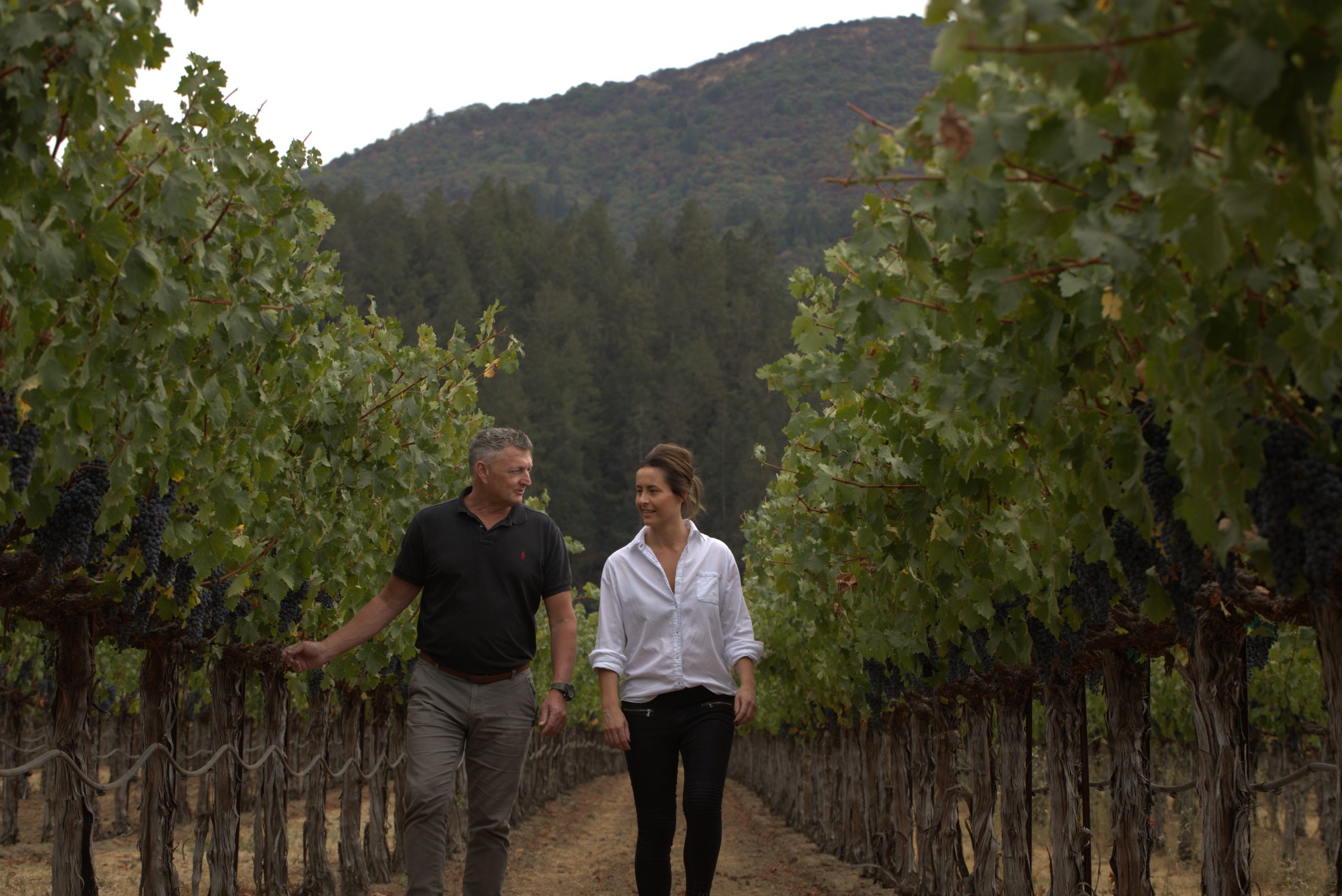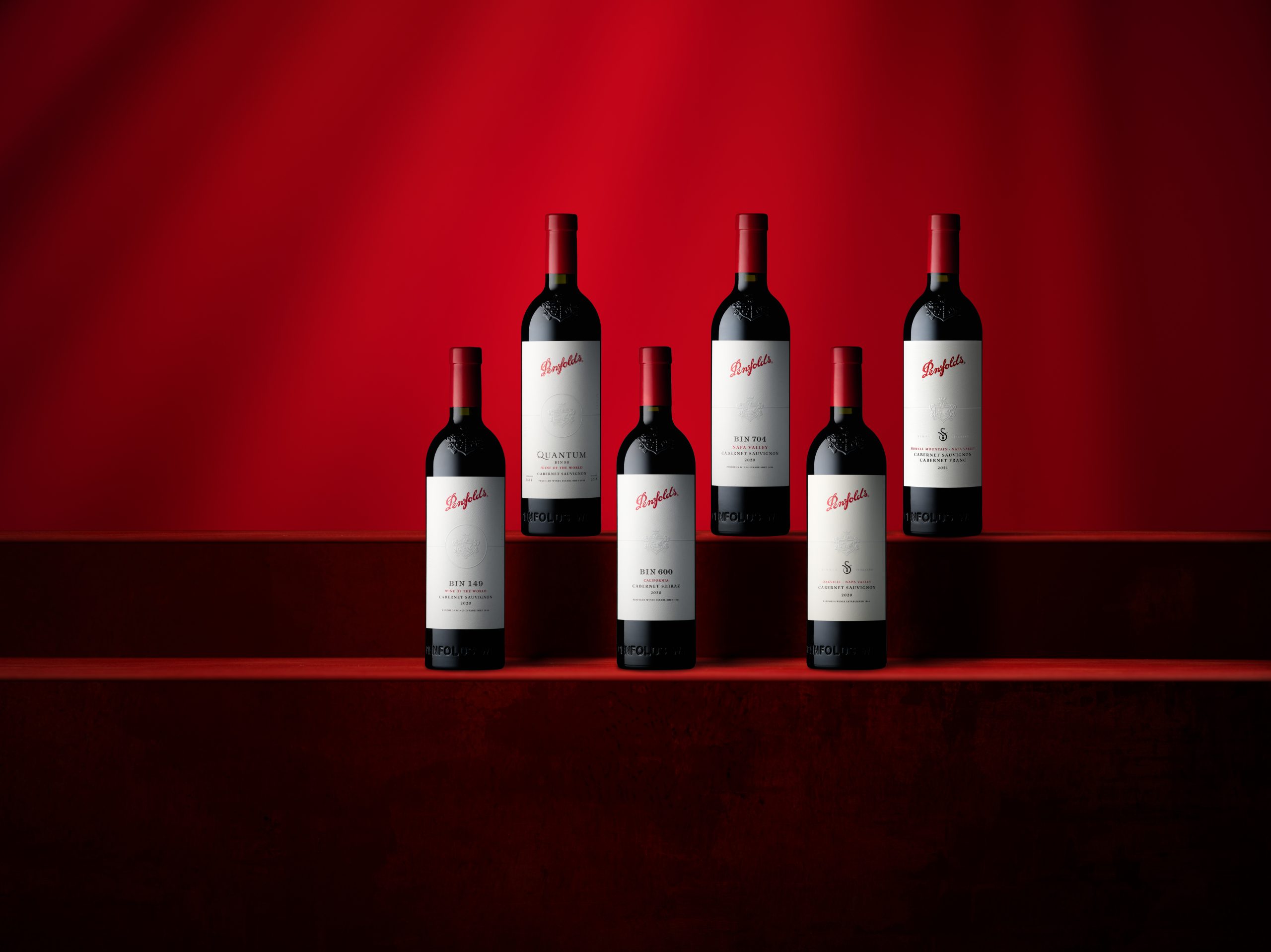How Penfolds’ curiosity in California evolved into a full collection
It is nearly four years since the Penfolds California Collection launched but, the story began decades before with plantings in 1998.

For many wine lovers, the name ‘Penfolds’ immediately brings to mind vast Australian vistas, along with full-bodied red wines – such as Bin 28 and Bin 389 – that blend regions and are often highlighted as benchmarks for Australian wine throughout the world. So intrinsically linked to Australia is Penfolds that its flagship wine, Grange, is a designated South Australian Heritage Icon.
To find out that Penfolds is also making wines in California’s Napa Valley might therefore come as a bit of a surprise – but dig deeper into Penfolds’ history and you’ll find that curiosity to venture beyond is very much part of its DNA.
Marrying two continents
The Penfolds team selected California as the site for its first foray outside of Australia. The US state offered good synergy with Penfolds’ South Australian homeland. Both are renowned for powerful reds; both are commonly associated with warm-climate viticulture; and both have proved that fine wine can be made far away from the ancient vineyards of Europe. Yet there were tantalising differences too, in terroir and climate as well as in winemaking traditions. Discovering what a Californian interpretation of the ‘Penfolds House Style’ would look like would prove to be a fascinating exercise. The winery, therefore, purchased the Camatta Hills Estate in Paso Robles.
“The site had been identified for its climatic similarities to growing regions in South Australia where Shiraz thrived,” explains Steph Dutton, Penfolds’ senior winemaker. “Whilst climatic diversity exists in Paso Robles, it is generally known for its Mediterranean climate, with long, warm summers and cool winters, with low rainfall quite similar to the dry conditions in South Australia.” It was therefore planted with Penfolds cuttings of the very best quality. During 1998-99, Penfolds propagated cuttings there from two of its most prestigious vineyards: Magill Estate, within the grounds of the Penfolds winery in Adelaide, and Kalimna in the Barossa, which is home to some of the oldest continuously-producing Cabernet Sauvignon vines in the world.
From that starting point, Penfolds has meticulously selected grapes from many of California’s most esteemed viticultural regions. It is a roll call for lovers of fine wine, with a particular specialism in Napa Valley’s AVAs: Oakville, Diamond Mountain District, Howell Mountain and Rutherford. “What we had at our fingertips now was multiple varieties and multiple regions. Sounding familiar?” comments Dutton, alluding to the winemaking approach that has defined Penfolds wines since the winery was founded 180 years ago.

Respecting the local fruit and terroir found in California has been a guiding principle in the work, as has the collaboration between Penfolds’ visiting Australian winemakers and the local team on the ground all year round. Each element is needed to achieve the ‘Penfolds House Style’ with these new California expressions. In that pursuit, in addition to the skills of its Australian winemakers, much of the winery’s production expertise has been imported to California, with the same heading-down boards and AP John Barrels used in Australia being sent to California.
The California Collection
Penfolds often talks of the rewards of patience, and this has paid off in its Californian project. It took two decades for the vines to be mature enough to be ready for commercial release. Although the winemakers made experimental vintages in 2006 and 2007, it was not until the 2018 vintage that the wines were deemed to meet the high threshold for quality that Penfolds winemakers impose on themselves. As such, the Penfolds California Collection launched in 2021 with wines from the 2018 vintage.
Leading the California Collection is Quantum Bin 98 Cabernet Sauvignon. It combines parcels of Cabernet Sauvignon from some of Napa’s finest vineyards with parcels of Penfolds’ renowned Shiraz from South Australia. Although notable as a move into Californian winemaking, Penfolds rightly highlights it as “a wine of the world”, capturing the essence of the two continents in one wine, something rarely seen in the wine world.
Partner Content
To some traditionalists, this may have been controversial, but with Penfolds’ unwavering commitment to pushing boundaries in mind, the winemakers took a different view. “So many of the questions we ask each other amongst our Penfolds winemaking colleagues are answered by a simple ‘why not?’,” says Dutton. “We figure if we are curious ourselves, then others must also be hungry for this.”
A natural extension of the art of blending, the creation of this “wine of the world” makes Penfolds one of the few producers pushing boundaries with cross-continental blends.

The California Collection also includes solely Californian expressions such as the Napa Valley-sourced Bin 704 Cabernet Sauvignon. Employing their longstanding expertise with this grape variety, the Penfolds winemakers used French barriques and careful extraction to foreground intense varietal characteristics and, in their own words, “silk-like textural definition”.
A mirror to its Australian stablemate, Bin 407, both wines show how Penfolds winemaking can reveal varietal nuance, as well as conveying the specificity and character of a region. It can be a challenge, but a highly rewarding one. “Tannin is expressed so differently between the two hemispheres,” says Dutton, “and adapting our winemaking to this has been crucial.”
As for the future, each year’s unique conditions are helping the Penfolds team to understand the vineyards better. That intimate knowledge continues to open up new paths. “The more confidence you have,” Dutton explains, “the more likely you are to lean into the art, rather than the science.” It means that exploring new regions, new grape varieties and releasing single-vineyard bottlings are all now distinct possibilities.
Yet, for all the excitement, the graft comes first in such a new, pioneering project. “I can see them as being part of our future,” reflects Dutton, “but remind myself that many years of trial work underpins almost everything new that we do.” Time will tell whether Penfolds will reap the rewards of its Californian exploration, but if the producer’s reputation for world-class wines demonstrates anything, it is that pushing boundaries can set you on the path to global success.
Related news
Tasmanian baijiu: 'Even if it sucks, it's something to laugh about'




